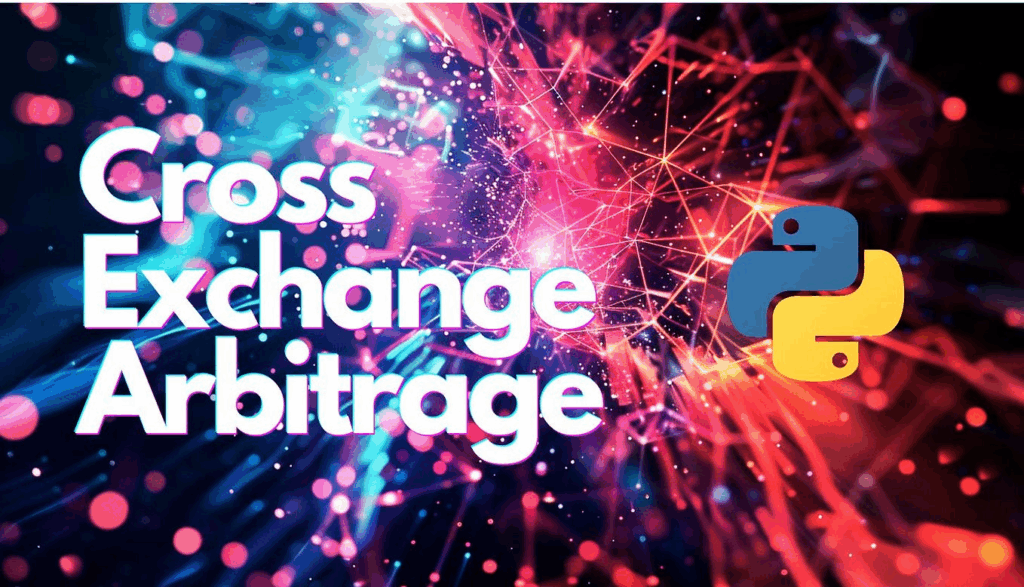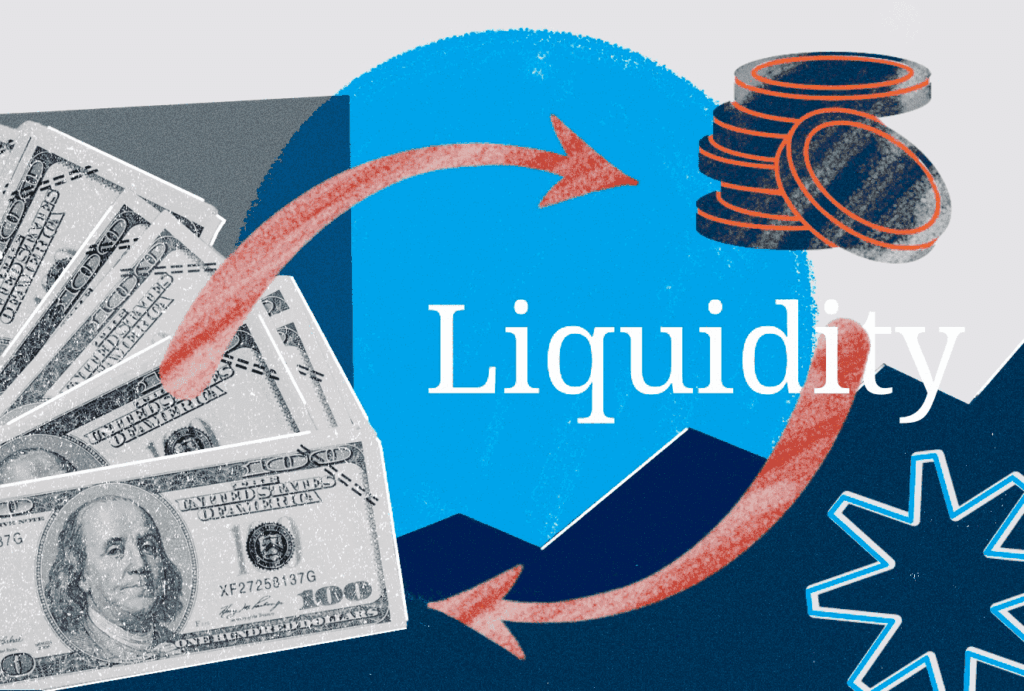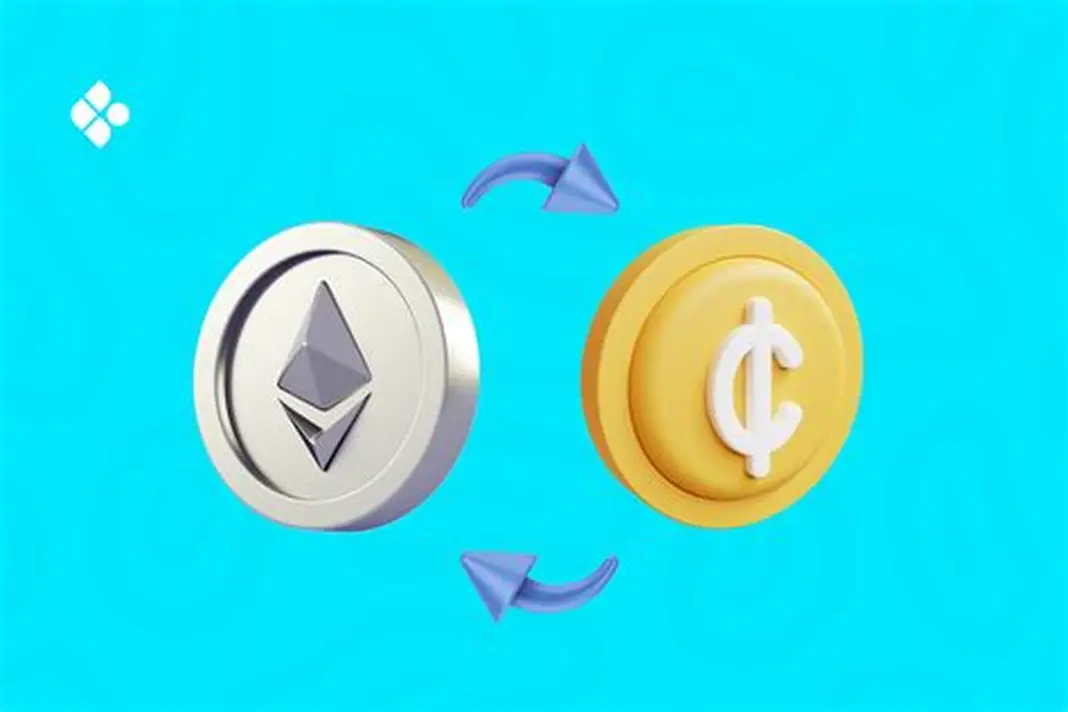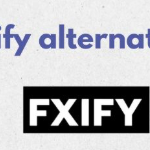In this article, i will cover the Benefits of Bridging Ethereum to Other Networks. Bridging provides multiple benefits such as the ability to transfer assets to different blockchains which provides low gas fees, faster transactions, and unique tokens.
Bridging also improves the scalability of Ethereum, privacy, multi-governance voting, Ethereum asset participation, and liquidity. This makes Ethereum assets far more flexible and efficient in a growing multi-chain ecosystem.
Benefits of Bridging Ethereum to Other Networks
Assess Transaction Costs – Choose networks with greatly lower gas fees than the Ethereum mainnet.
Consider Speed Requirements – Select networks with quicker transaction confirmation times for activities that require it the most.
Evaluate Scalability Needs – Select networks that can support greater transaction throughput without network congestion.
Access Desired Assets – Ensure the network can support the tokens, NFTs, or DeFi products that you want to transact with.
Check Privacy Features – If anonymity is a concern, select networks that have better privacy features.
Governance Participation – Look into networks that provide multichain governance possibilities.
Liquidity Availability – Choose networks with a good amount of liquidity that support effortless trading and staking.
Security and Reliability – Choose reputed bridges with a good track record of smart contract security and operational consistency.
Key Point
| Key Benefits of Bridging | Description |
|---|---|
| Lower Gas Fees | Reduces transaction costs compared to mainnet operations. |
| Faster Transaction Speeds | Enables quicker processing and confirmations. |
| Improved Scalability | Supports higher volumes of transactions efficiently. |
| Cross-Chain Arbitrage | Allows users to exploit price differences across chains. |
| Access to Unique Assets | Provides availability to tokens or NFTs exclusive to certain networks. |
| Enhanced Privacy Options | Offers features to maintain transactional anonymity. |
| Multi-Chain Governance | Enables participation in governance across multiple blockchains. |
| Liquidity Expansion | Increases overall liquidity by connecting multiple ecosystems. |
1.Lower Gas Fees
Connecting Ethereum with other networks has the advantageous effect of lower gas fees, thereby reducing costs for users. Over Ethereum’s mainnet, users experience the consequence of expensive gas fees during periods of high network activity, which stunts the rate of adoption and the efficiency of trading.

Users can bridge assets to different networks and execute transactions at a much lower cost. This cost efficiency increases the accessibility of the network and actively engages small traders and DeFi participants which in turn increases the utilization of the network and helps create a more structured and productive multi-chain economy.
2.Faster Transaction Speeds
The expedited bridging of Ethereum to other networks enhances transaction speed while alleviating congestion on Ethereum’s mainnet. With greater speed and quicker confirmations, users are able to seamlessly move, trade, or interact with DeFi protocols, enhancing overall efficiency. Speed is critical in time-sensitive operations, such as for arbitrage or NFT trading.

Users leveraging high-performance chains are able to interact in a more fluid and expedited manner, resulting in greater ease and efficiency in multi-chain activity while leveraging Ethereum assets across numerous blockchain ecosystems.
3.Improved Scalability
The scalability of Ethereum improves when other networks are integrated, as the transaction load is shared across other blockchains, minimizing congestion on Ethereum’s mainnet. This also enables decentralized applications and users to manage much higher transaction volumes without performance hitches.

Projects are able to expand and accommodate more users and efficiently facilitate intricate smart contracts that other networks offer. Enhanced scalability allows for the seamless execution of DeFi, NFT, and cross-chain activities which makes assets on Ethereum more versatile and accessible. This also strengthens the Ethereum multi-chain ecosystem.
4.Cross-Chain Arbitrage
Connecting Ethereum with other networks allows for cross-chain arbitrage and exploitation of price differences of tokens from different blockchains. This strategy increases profit opportunities that would otherwise be restricted to Ethereum’s mainnet due to congestion.

Users are able to seamlessly move funds across networks to respond to market changes instantly which guarantees real-time trading optimization. Cross-chain arbitrage supports market efficiency, liquidity distribution, and growth of a dynamic multi-chain ecosystem, in addition to individual trader benefits.
5.Access to Unique Assets
Bridging Ethereum to different networks unlocks access to advanced tokens, NFTs, and DeFi products which are not available on the primary Ethereum chain. This also expands Ethereum’s investment options, enabling users to diversify beyond the Ethereum ecosystem.

Individuals can access specialized tokens, partake in niche communities, join exclusive projects, and make use of novel financial tools by linking to multiple blockchains. Bridging different networks enhances the overall worth of Ethereum holdings and increases their functionality within a multi-chain context while augmenting the value of Ethereum.
6.Enhanced Privacy Options
Interoperability of Ethereum with other networks affords greater privacy options by facilitating transactions on chains with stronger confidentiality features. While Ethereum’s mainnet operates on a transparent ledger, other networks often have mechanisms for anonymous transfer, concealed balances, as well as private contracts and interactions.

This safeguards users’ confidential information and financial activities, making it attractive to privacy-minded investors and developers. Bridging provides improved privacy that not only protects sensitive data, but also motivates greater involvement, thus, we need Ethereum assets on a more trustworthy, flexible, and multi-chain system.
7.Multi-Chain Governance
Bridging Ethereum to other blockchains facilitates multi-chain governance where users can engage in the governance of several blockchain ecosystems. Users are no longer confined to Ethereum governance frameworks; they can now influence connected networks by making proposals, voting, and participating in policy changes.

Such participation empowers token holders, fosters collaboration in the ecosystem, and promotes development by the community. Bridging facilitates multi-chain governance, which further increases the effects of Ethereum assets, allowing users to shape the development of numerous systems and along with it, a freer and more democratic blockchain network.
8.Liquidity Expansion
Bridging Ethereum to other networks facilitates the expansion of liquidity by linking fragmented markets and allowing assets to traverse freely between chains. This integration improves the access of tokens to be traded, lent, and staked, resulting in deeper liquidity pools and reduced slippage. Increased liquidity draws in additional users and projects which improves the effectiveness of decentralized finance ecosystems.

Through bridging Ethereum, participants are able to leverage a more integrated and resilient network that allows capital to flow effortlessly, bolstering markets and increasing the utilization of Ethereum assets in diverse blockchain landscapes.
Pros & Cons
| Pros | Cons |
|---|---|
| Lower Gas Fees – Reduces transaction costs compared to Ethereum mainnet. | Bridge Fees – Some bridges charge additional fees for transfers. |
| Faster Transaction Speeds – Enables quicker processing and confirmations. | Smart Contract Risks – Bridges rely on smart contracts, which can be vulnerable. |
| Improved Scalability – Supports higher transaction volumes efficiently. | Complexity – Managing assets across multiple chains can be confusing for beginners. |
| Cross-Chain Arbitrage – Allows exploitation of price differences between networks. | Temporary Liquidity Limits – Some networks may have lower liquidity initially. |
| Access to Unique Assets – Unlocks tokens, NFTs, and DeFi products unavailable on Ethereum. | Network Compatibility – Not all assets are supported on every chain. |
| Enhanced Privacy Options – Offers more confidential transaction options. | Delayed Transfers – Bridging can sometimes take longer due to confirmations. |
| Multi-Chain Governance – Enables participation in governance across networks. | Security Risks – Bridges can be targets for hacks or exploits. |
| Liquidity Expansion – Connects fragmented markets for deeper liquidity pools. | Regulatory Uncertainty – Multi-chain operations may face unclear compliance rules. |
Conclusion
The benefits of bridging Ethereum to other networks includes lower gas costs, faster transaction speeds, improved scalability, and access to unique assets. It provides users with heightened privacy and options for multi-chain governance, in addition to increased liquidity which culminates in a more efficient and flexible blockchain ecosystem.
Bridging Ethereum to different ecosystems fosters innovation and market efficiency while maximizing asset utility and encouraging widespread participation in the swiftly advancing multi-chain decentralized finance ecosystem.
FAQ
How does bridging reduce gas fees?
By moving assets to less congested networks, users can execute transactions at lower costs compared to Ethereum’s often high mainnet fees.
Can bridging improve transaction speed?
Yes, bridging to faster networks allows quicker confirmations, making trading, staking, and DeFi interactions more efficient.
What is cross-chain arbitrage?
Cross-chain arbitrage involves exploiting price differences of the same asset across multiple networks, which is possible through bridging.








